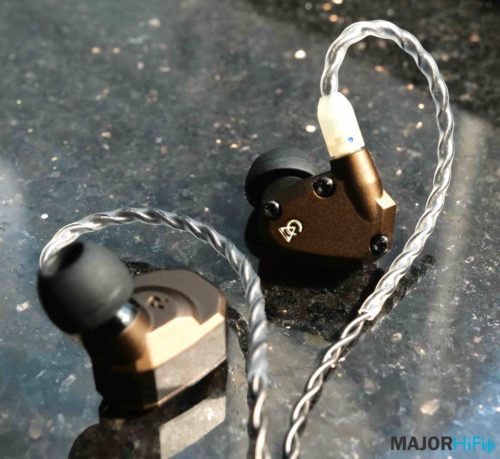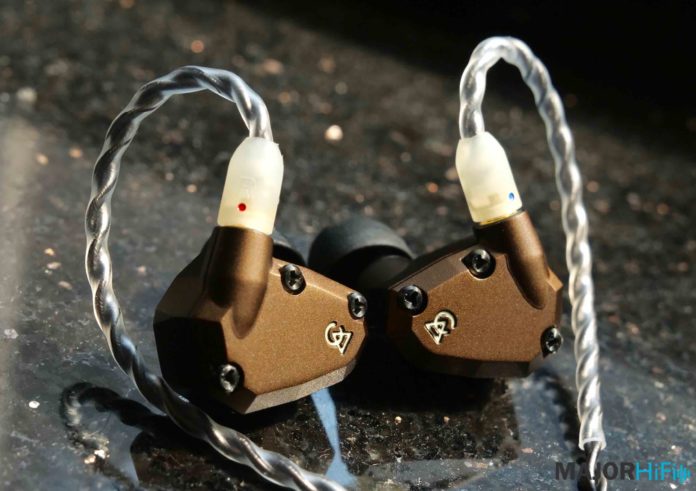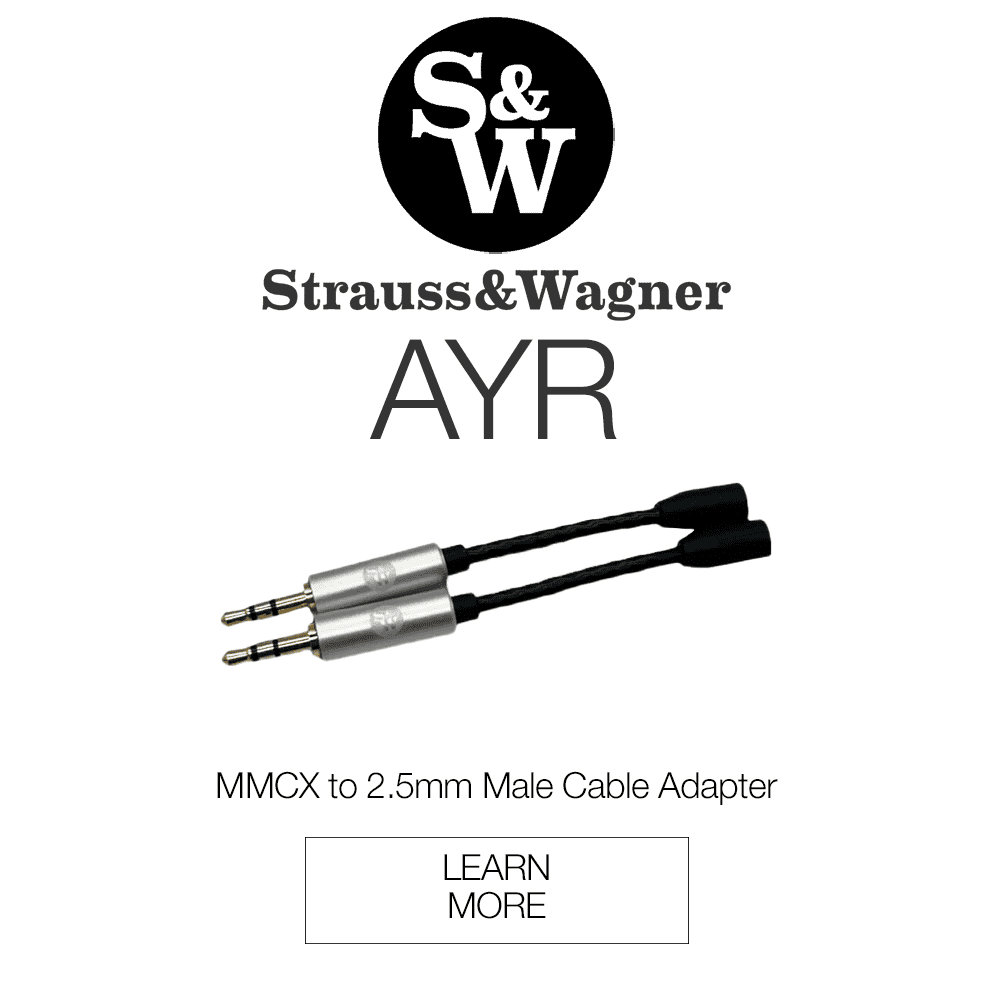Campfire has just released two glowing IEMs, the Holocene and Mammoth. Today we’ll be talking about the Holocene, the more expensive of the pair at $649, putting them in the moderate area of Campfire’s price range. I recently got a chance to check out Campfire’s other new IEMs, the Honeydew and Satsuma, which were both about half the price of the Holocene. I found both very impressive for their price, so let’s see what more than double the cash brings in from this beloved HiFi audio brand.

What’s in the Box
• Holocene IEMs
• ‘Smoky Glow’ Silver Plated Copper Litz Cable – 3.5mm Stereo to MMCX connectors
• Extra Foam and Rubber Ear tips w/draw string bags
• Carrying pouch

Look and Feel
The Holocene features a glow in the dark cable and logo. The plastic housing around the mmcx and 3.5mm ends of the cable are the main glowing sections, and I personally appreciated that it made them easier to find in the dark more than any sort of stylistic statement they’re trying to make. The brown, shimmery shell and classic Campfire geometric shape contrasts their glowing elements with a more natural, organic look. Their fit is standard for Campfire, with their angular body much more comfortable and smooth of a settle in than one might expect from looking at them.

Design
Each IEM uses three balanced armature drivers, one for the highs and two for the mids and lows. Like Campfire’s other IEMs, these use their 3D printed acoustic chamber design. Their shell is made of aluminum, making these next-level sturdy.
These have a frequency response of 5Hz – 20kHz and an impedance of 5.4 Ohms (careful, they’re LOUD)
Soundstage
The Holocene has an above average soundstage for an IEM, as is the case with most IEMs from Campfire. The outskirts of the stereo spectrum offer plenty of opportunity for ear candy to peak through and for songs to be spread far and wide both left to right and front to back. These felt to me like their sound separation excelled more in some areas than it did in others, namely that wider elements were lifted from the mix and allowed to levitate above it, while more centered elements were given a bit more blend. This is not an uncommon delegation of sound dispersal, and makes for a more neutral stereo feel, with an added edge of extra space and heightened atmosphere.
Lows
These aren’t a sub-heavy, rumbling IEM. If you want that, maybe check out Campfire’s Honeydew, which will give you heaps upon heaps of low end. The bass on these is more exact and controlled than it is cinematic. Attack and percussiveness will definitely be extenuated, but it’s not going to get intense depth. This natural, balanced low-end response makes these great for those who don’t want a ton of bass but also don’t like their lows subdued either. All this being said, these are capable of a pretty strong low end response, they just won’t bring that strength where it isn’t already abundantly present. On Little Dragon’s “Let Go,” the analogue sub-bass and kick still felt booming and vibrational even through the Holocene’s more contained character.
Mids
The high mids on the Holocene are cut in very pointed areas, making these great at killing excess resonance from vocals etc. Listening to Hannah Cohen’s “Watching you Fall,” a song I’ve been loving recently aside from its sharp vocal recording, I was finally able to listen to it at proper volumes without feeling a twinge in my eardrums during its most passionate moments. The low mids on the Holocene are extenuated to create a very clean, clear warmth, seeming to cut out the key areas of mid-range mud that seep through the cracks of many IEMs’ tuning. Overall, the Holocene’s midrange felt like their biggest home run, and was what defined their sound the most heavily to me.
Highs
The Holocene is definitely a bright IEM, the kind that boosts the highs enough to bring out tape hiss and other textures sometime left behind. Listening to “Empire Ants” by Gorillaz, the vintage synths are given a prevalent shimmer, while the vocals have a lighter, warmer gloss and air about them. This high end definitely walks up to the line between presence and shrillness, but never crosses it. That is to say, if you like bright IEMs, these will feel very comfortable and non-fatiguing despite their boosted high-end. And if it wasn’t already obvious, if you tend to like more subdued high end, these are probably not your cup of tea.

Overall
I’m going to declare myself a big fan of the Holocene. As apposed to the less expensive IEMs I tried from Campfire recently, which had more polarizing tunings, this one felt versatile and balanced. The Holocene seems like it could be a good compromise for those wanting to pay under $1000 for a campfire IEM but still get something fairly close in quality to their priciest models. If you’ve been looking for a gateway into the Campfire world, the Holocene could be your golden ticket.
Pros
- Meets many of Campfire’s highest standards for under $1k
- Clean, detailed high end
- Tame, but present mids
Cons
- Bass response not extremely versatile
- High end can feel overly-shiny at times
- Sound separation could be stronger
You can purchase the Campfire Audio Holocene at Audio46
Compare the ranking of various headphones, earbuds and in-ear monitors using our tools.
Discuss this, and much more, over on our forum.
---MAJORHIFI may receive commissions from retail offers.















